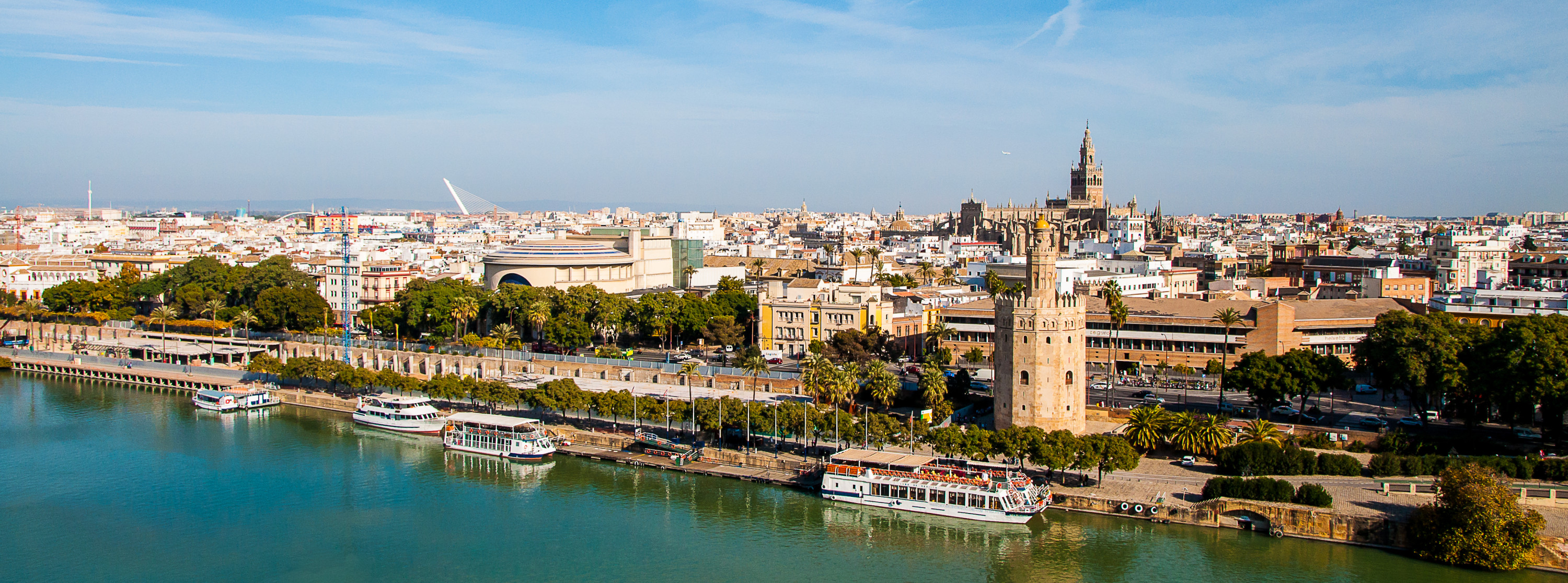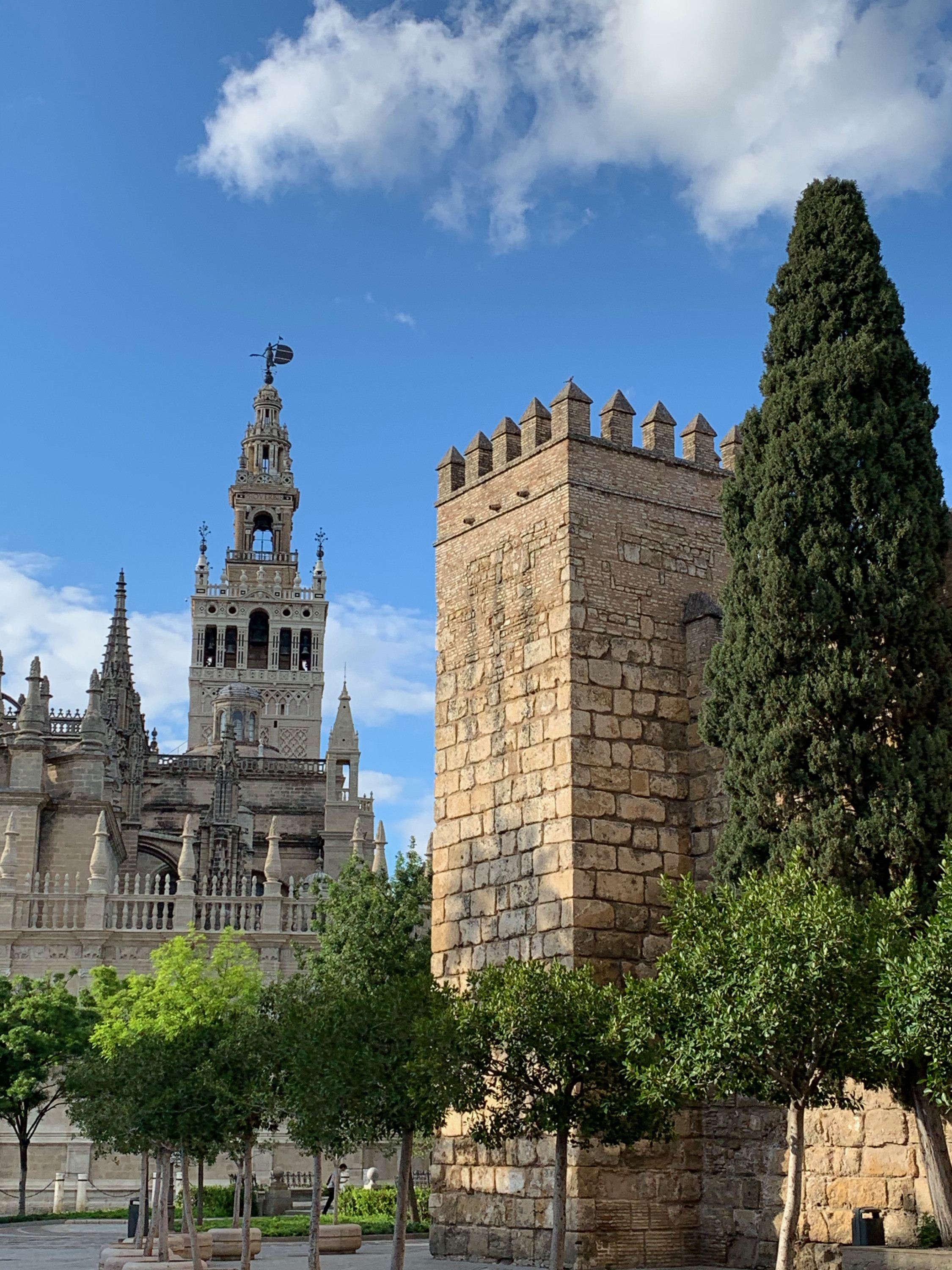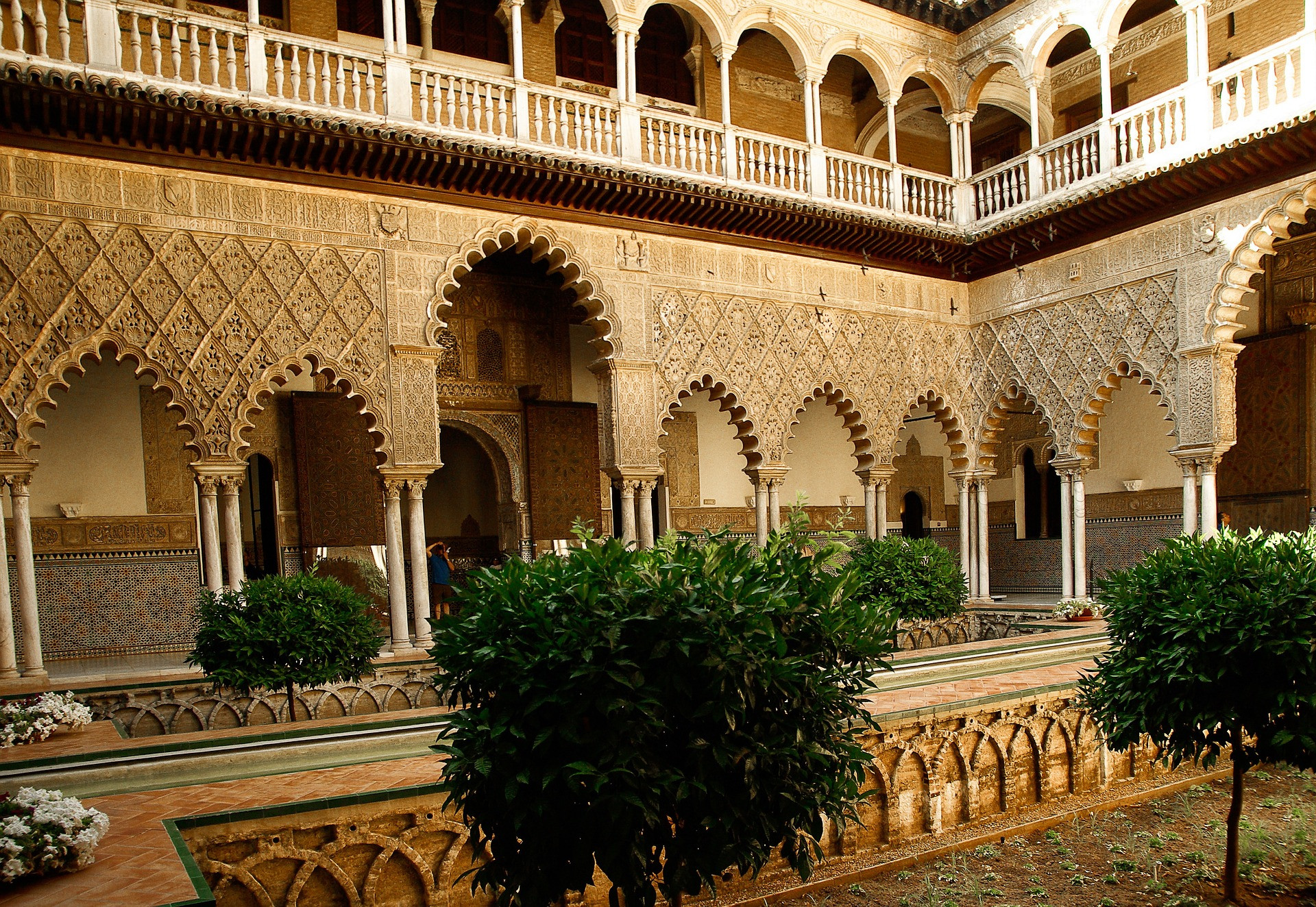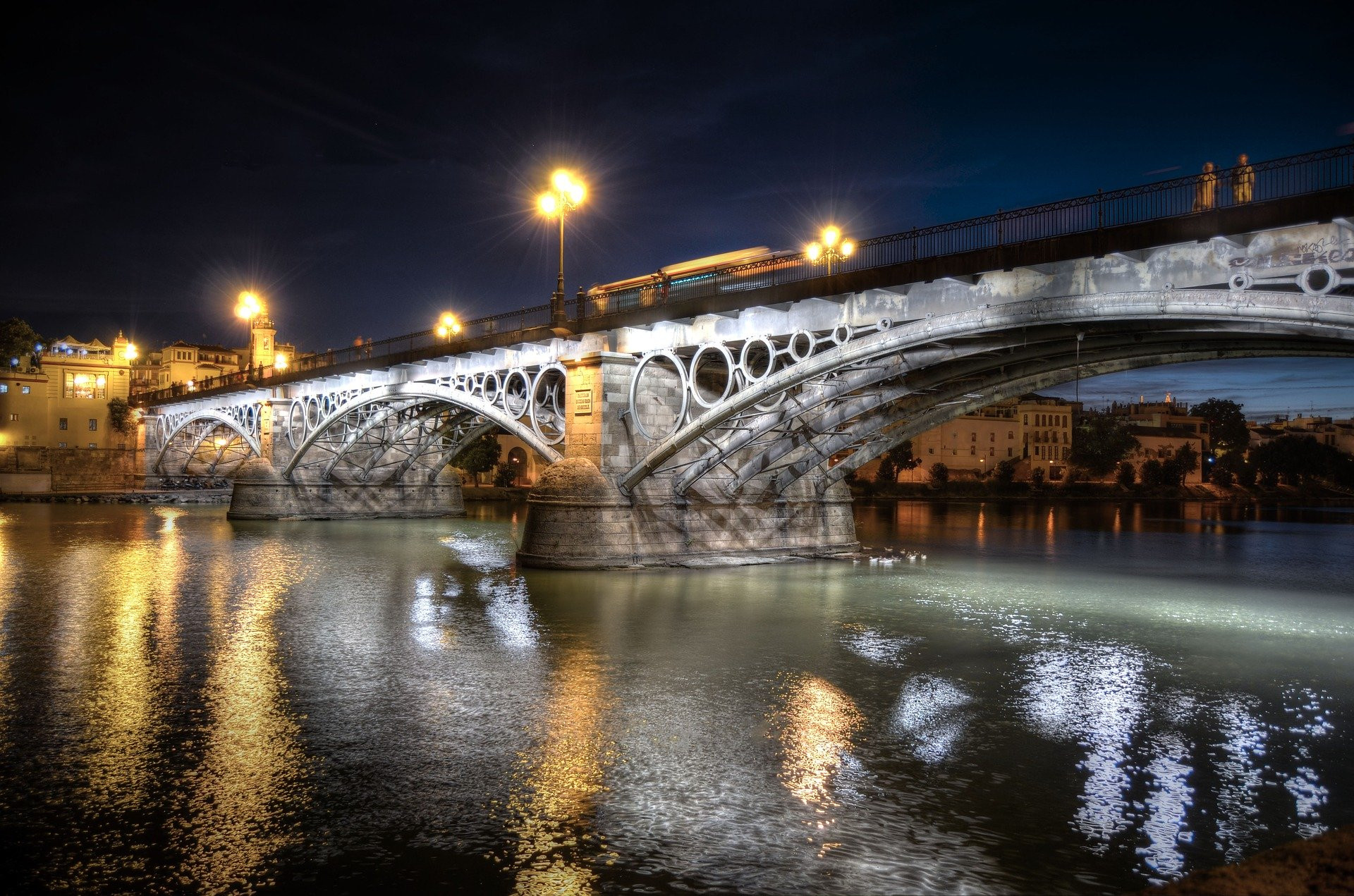Seville
Seville is a very attractive tourist destination due to an exceptional monumental heritage and a wide cultural and leisure offer. Although it is known worldwide for its Holy Week and the April Fair, festivities that take place in spring, a visit to Seville is justified throughout the year.
The city preserves unique buildings such as the Cathedral and the Giralda, the Alcazar or the Archivo de Indias, declared by Unesco as World Heritage Sites, which illustrate the importance of Seville in various historical periods. Other must-see places are the Santa Cruz neighborhood, which housed the old Jewish quarter, or Triana, a popular neighborhood known for its pottery workshops, some of which are still active, and for its connection with flamenco. In the cultural section, it is worth remembering that Seville has been the birthplace of great painters such as Velázquez, Murillo or Valdés Leal. Painting lovers can enjoy the work of these masters in the Museum of Fine Arts, the Hospital de los Venerables or the Hospital de la Caridad. Another characteristic aspect is the large number of churches in the city, particularly baroque, such as Santa María la Blanca or San Luis de los Franceses. Works of exceptional image makers such as Martínez Montañés or Juan de Mesa, who participate in Holy Week processions, can also be admired in the churches of Seville. Very close to Seville are also worth a visit the ruins of Italica, which contain the remains of this Roman city in an excellent state of preservation. In contrast to this historical legacy, you can also find elements of modernity such as Las Setas de Sevilla, which is the largest structure in the world made of wood, or the Andalusian Center of Contemporary Art on the Isla de la Cartuja.
Seville has undergone a major modernization process in recent decades, especially since the celebration of the Universal Exposition of 1992, which provided the city with a new airport and a new train station and significantly improved its road connections. Seville is now easily accessible from a large number of national and international destinations. This infrastructure has made it possible for Seville to become a preferred destination for congresses.
In Seville it is easy to find attractive cultural proposals throughout the year, but specifically, close to the Congress, the city will host the Flamenco Biennial, which is probably the most important event of this musical genre. Alternatively, the Teatro de la Maestranza opens its season in September and offers a diverse musical offer of quality (opera, flamenco, dance, etc). Also in September the Plaza de Toros usually hosts a series of concerts called Noches de la Maestranza, in which leading figures of today's music participate.
While all this already justifies coming to Seville, what visitors tend to especially enjoy about the city is its street atmosphere. It is a city that is enjoyed on foot, accompanied by a good climate and especially the large number of bars and terraces where the tradition of tapas is maintained, a unique way to get a good view of the rich local cuisine, which benefits from the proximity of the coasts of Cadiz and Huelva and the mountains of the latter.





